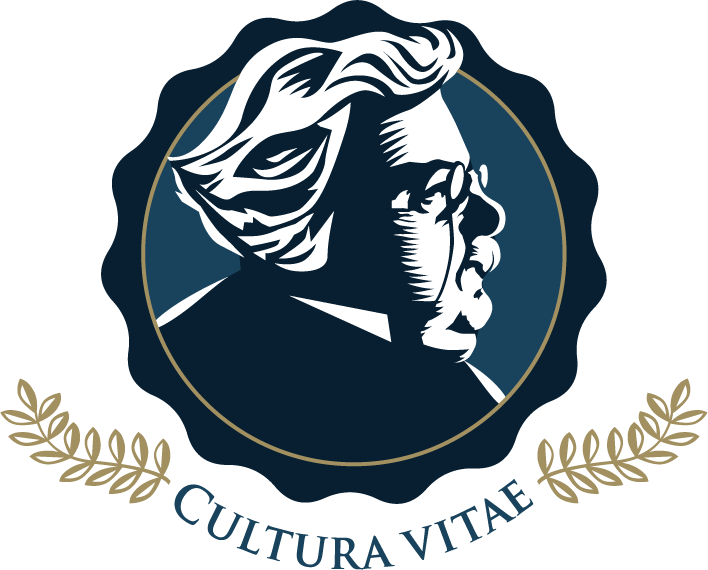In An Experiment in Criticism, C.S. Lewis introduces the idea that, rather than sort through the opinions of literary critics for best books, we may consider what books the best readers choose. He goes on to develop a clear comparison between best and worst readers that is a telling criticism of the read-and-answer-questions approach to literature of many educators. Flannery O’Connor would be pleased.
Read MoreIf you had told me I’d ever be reading books about math in my leisure time, I’d have scoffed. No way is Word Girl ever going to get a grip on math! But, I finally realized math actually is the language God seems to speak when he’s creating wonders of nature and laws of physics and music of the planets instead of sitting ‘round heaven’s bonfire telling stories.
Read MorePope John Paul II once said we could know him best by studying his plays. His understanding of the role of drama, of the spoken word, in proposing truth to the world is at the core of all his writings about human freedom and human destiny. His Rhapsodic Theatre was a form of cultural resistance to the Nazi suppression of national identity.
Read MoreThe qualities that distinguish the ‘adult’ from the ‘youth’ model can start some interesting conversations.
Read MoreSocratic questioning, proving a point with evidence, digging beneath the surface for hidden meanings, restating an opponent’s position well, persuasion and debate – is a sort of foreign language to many of today’s students.
Read MoreIf I could make one book required reading for Catholic parents and educators, it is Stratford Caldecott’s Beauty for Truth’s Sake. In six succinct chapters, he leads readers from the history of education’s disintegration to a vision for its restoration and ‘re-enchantment’.
Read MoreThe Violent Bear it Away has some surprising insights for educators. Flannery knew, as she acknowledged in a letter, that her “modern reader will identify himself with the schoolteacher [George Rayber], but it is the old man [Mason Tarwater, the seemingly crazy backwoods prophet] who speaks for me.”
Read MoreWe couldn’t put it down!
Read MoreFrom galaxies to continental borders; from heartbeats to growing forests; from ice crystals to pinecones, fractal patterns are deeply embedded in the Creation.
Read MoreLetter-writing is a dance that accommodates two paces that may be quite different, yet generates a rhythm of its own. Correspondence, if you can bear it, is a delightful and demanding game, played over time and space between persons who recognize that they cohere somewhere beyond time and space – a game for supernatural giants,
Read More“The Holy Family’s Return to Nazareth” is a bronze sculpture depicting an imagined scene of the Holy Family traveling back to Nazareth after finding Jesus in the temple.
Read MoreKate Morales-Marin was featured in the January-February issue of St. Austin Review!
Read MoreThis story’s complex themes are resolved with an honesty and transcendent beauty that is profoundly satisfying. I recommend this book very highly, especially for family read-alouds.
Read MoreCal Newport, in Deep Work cites A. G. Sertillanges, which is enough to recommend his book to me! Among Newport’s insights, are his observation that boredom is quite valuable for concentration training, that multitasking frays your capacity for forward attention,
Read MoreThe monster’s failure to be perfectly humanized by his amazing self-education, time spent in nature, and appreciation of beauty and human goodness may be the most human thing about him. If ever a ‘Noble Savage’ (the Romantic conception of a purely natural man) was shown to have an irreparable wound, and a bent toward evil despite his initial ‘innocence,’ and his humanistic education, it is this creature.
Read MoreA few more things that caught my interest, caused me to wonder, and led me to praise God.
Read MoreGeometry is about connection to the physical world! It is about constructing lines, triangles, equal angles, polygons and all that! How will a student wonder at the amazing development of man’s mind in correspondence to the actuality of form in the created world if Geometry is presented as an abstract, mental construct?
Read More



















